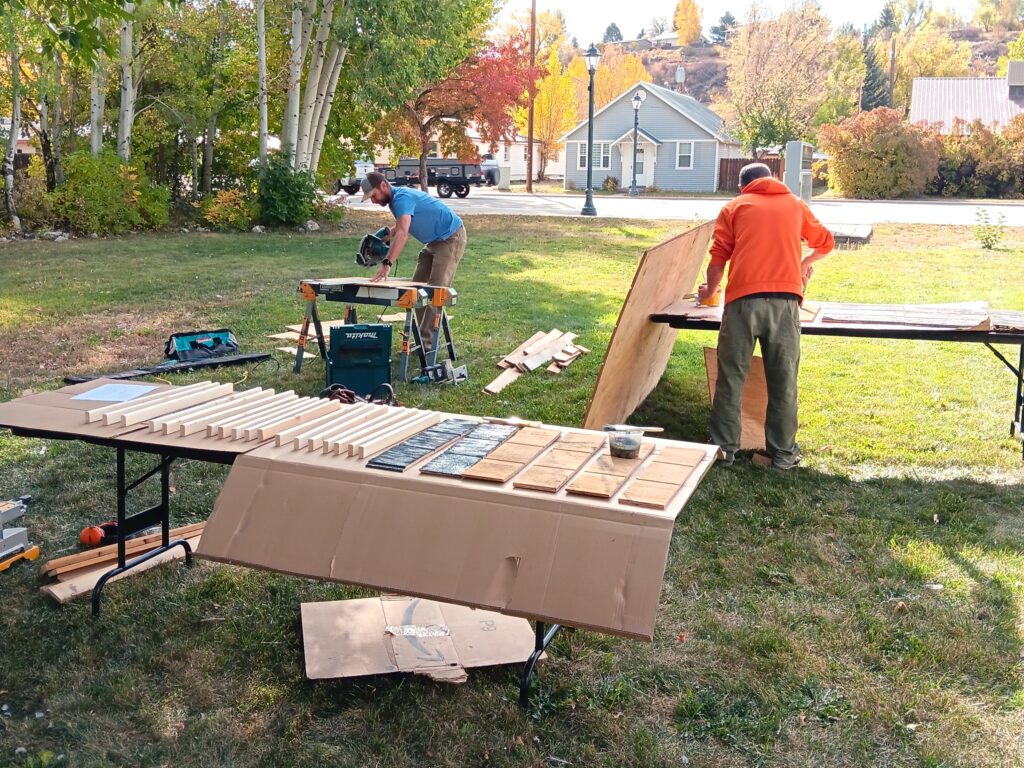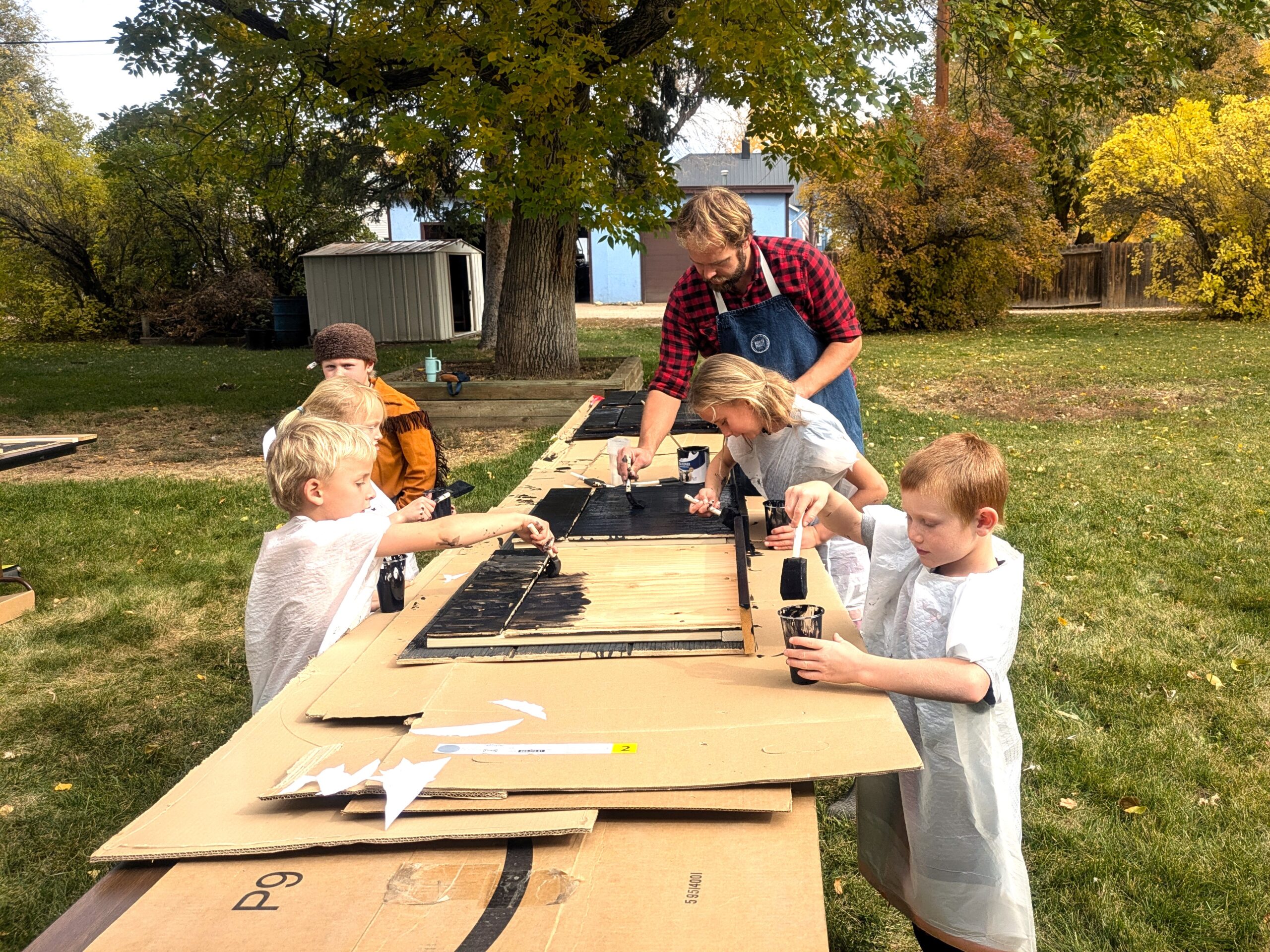By Rev. Dr. Jesse Ophoff
This past Fall, Hayden Congregational Church leaned into a relationship with some pesky neighbors and soon discovered the beauty of bats!
One: What did God say when creating the world?
Many: It is good; it is good; it is very, very good!
One: What did God say when creating the bats?
Many: They are good; they are good; they are very, very good!
This is the liturgical call and response that we began using over the summer. We started using this first with the kids, then they taught the adults. You can change it to emphasize the blessedness of any part of Creation, but we were especially interested in bats!
When I began interviewing and visiting Hayden Congregational Church last year, I immediately heard an earful about the fuzzy flying neighbors who would whiz through the fellowship hall or find their final rest in our sanctuary. Everyone who had been a part of the church for any length of time had their own story. Most people had learned to regard them as pests.
The bats, for their part, were probably not thrilled about the situation either. With bat habitat dwindling across the country, places like our attic became important sources of refuge; but what good is a refuge if you have trouble escaping and are stuck with angry roommates?
It was a lose-lose situation.
It didn’t have to be this way either. The relationship between bats and humans, especially humans living in rural communities, has such potential to be mutually beneficial. The town of Hayden, for all its charm, has a serious problem with mosquitos in the summer that bats would be more than happy to solve. Did you know one bat can eat 700 to 1,000 bugs an hour?
When the relationship between humans and bats is fractured or adversarial, the results can be disastrous. The New York Times shared a study in September that demonstrated a direct link between the drop in bat population, rising use of insecticides in farming communities, and a corresponding spike in human infant mortality. When our relationship to the Creation is broken, we all suffer.
The church has the power to be a force for restoring relationships, so we began asking what we could do to repair this one.
One thing we could do was learn a new liturgical call and response. Another was using our children’s moments as educational opportunities. With the whole congregation tuning in, I asked our kids what questions they had about bats and encouraged their curiosity. (Do our bats hibernate or migrate? How far can they fly? How big are they? Can they make me sick?) I sent their questions to a bat expert with the Colorado Department of Wildlife who replied with answers and pictures to share the following week. They quickly became one of our favorite critters.
Both of those changes in the service led up to a special event on October 27th, 2024. After worship we went outside to build bat homes! Each bat home is big enough to house 50 to 100 bats and were designed according to plans made available by Bat Conservation International. With the help of our kids, some adult congregants, and community members, we built 6 bat homes. That’s enough shelter for 300 to 600 bats!

Once the bat homes were assembled and the black paint was drying, we had an officer from Yampa Valley State Park come and do a special presentation with us. She quizzed us on our bat facts, taught us some new games, and answered questions about the bats in our own town. Then she stuck around with the rest of us as we set up for our annual Trunk or Treat. With bat decorations all around us for the holiday, we had the chance to share our project with others.

The bat homes we built will be put up at our church and at other local buildings that have suitable spots. People have been eager to help spread the love. Our bats find caves and other temperature-stable spots to hibernate over the winter, but they’ll be back in the spring to hunt and breed. We will still work to keep the bats from making a home in our attic next season, but we won’t leave them with no place else to go. We like to imagine they’ll be pleasantly surprised at their new refuge.
Moving forward, we hope to have a more loving, more sustainable relationship with God’s good Creation–especially the bats. We also learned something about how to love a neighbor that feels like a pest, how to stay curious about a community member that creeps you out a bit, and how to take an adversarial problem and treat it as an opportunity to grow.


Leave a Reply